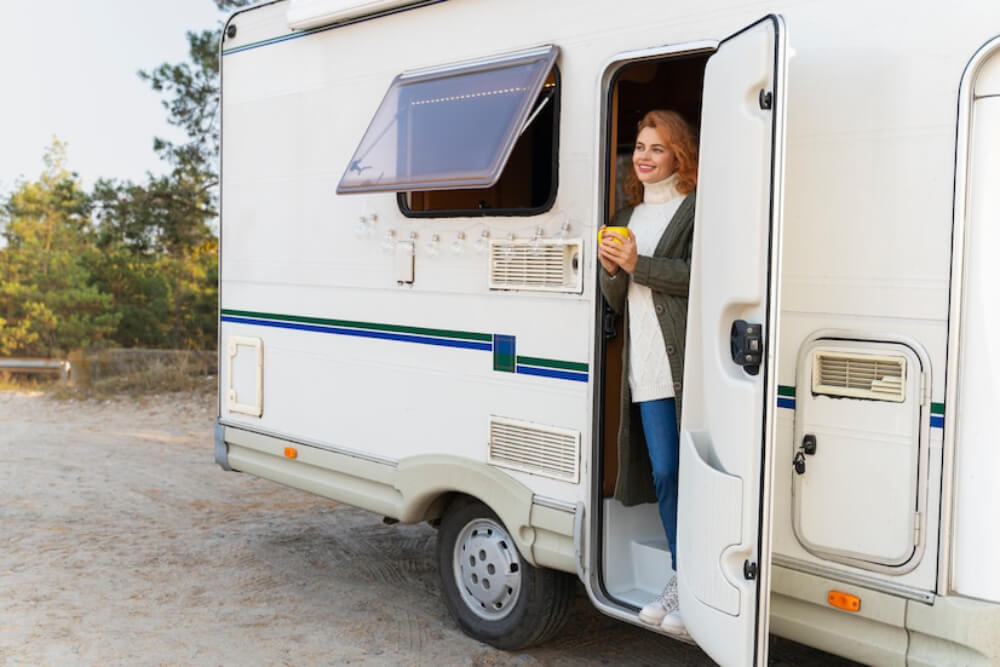If you are planning a weekend getaway or a long drive in your caravan, then you must ensure that the temperature inside is always cosy and comfortable. Depending on the place you are driving, the interior of your caravan can get too hot or too cold – so it’s important to properly insulate to regulate temperate.
Insulation is an essential task you have to perform so that you can maintain the proper temperature and make the vehicle highly energy efficient. Another great advantage of insulation is that it will reduce noise and maintain a home-like situation wherever you travel.
Before insulating your caravan, there are a few tips that you need to consider so that you can stay snug and comfy all the time you travel.
Factors to think about regarding insulation:
- General ClimateConsider the climate of the area you travel to. Will it be too high, too cold, too humid, or too windy? Depending on the place you travel, the intensity of insulation varies. If it’s too hot, then consider reflective insulation while fibreglass insulation is ideal for colder regions.Choosing the right material is the first step in achieving the maximum insulation in the caravan.
- R-value of materialsTo attain optimal energy efficiency and great thermal performance, you need to understand the R-value of the insulation materials. It indicates the thermal resistance of a material and measures how effectively it can prevent heat transfer.The higher the R-value of the materials, the greater its insulation effectiveness. you can also get benefits like improved energy savings and maximum comfort levels inside your caravan.You are making an informed decision when you choose insulation materials with high R-values. Additionally, you can also use a caravan diesel heater if you want a portable heating system, especially if you are travelling to colder places.
- Proper installation techniquesWhether you choose DIY or professional installation, following the proper steps is essential. The process begins with the preparation of the area. for this, you have to clean and free the surface from dirt and debris. It will provide a smooth surface so that the insulation will stick perfectly, enhancing its effectiveness.After cleaning, use tape to measure the dimensions of the places you need insulation. It’s essential to take the right measurements to avoid the wastage of materials.Then cut the insulation material using a sharp knife according to the dimensions. Carefully fit and install the material and tuck it tightly against the surface so that there are no gaps that could compromise the efficiency.If you don’t feel like you are up to the task, then make sure to seek help from professionals so that you can get a high-quality finish and proper sealing and coverage.
- Make sure to properly seal gaps and cracksThough you selected the best material for your caravan, it won’t work as it should if there are gaps and cracks. Use techniques like weatherstripping or caulk to cover the openings around the caravan’s doors, windows, and vents. It’s mandatory to cover the openings to avoid drafts and increase energy efficiency inside your caravan.
- Different types of insulation natural insulation, reflective foil and bubble wrap insulationThere are various types of insulation materials like foam boards, reflective surfaces, fibreglass and spray foam.For easy installation and great thermal resistance, choose foam board insulation. Reflective insulation will reflect heat into the caravan and is often used in combination with other materials. For hard-to-reach areas, you can spray foam which expands and fills gaps effectively providing complete insulation.Understand the climate in the area you are travelling before choosing an insulation material.
- Consider moisture control as wellSome materials come with moisture resistance that is suitable if you are travelling toareas with damp conditions. Choosing this material will provide reliable thermal protection and make your caravan cosy and comfortable. If you provide the right insulation for your caravan, you don’t feel suffocated or stuffed irrespective of the weather outside.
Final thoughts
Regular care is essential if you want the caravan to have good insulation for a longer duration. Always check for signs of wear and tear after returning from the vacation. If you properly maintain the insulation materials, you can extend the life of it and improve overall comfort in your caravan.
Also, read here: Caravan Kitchen Renovation Ideas







Follow us